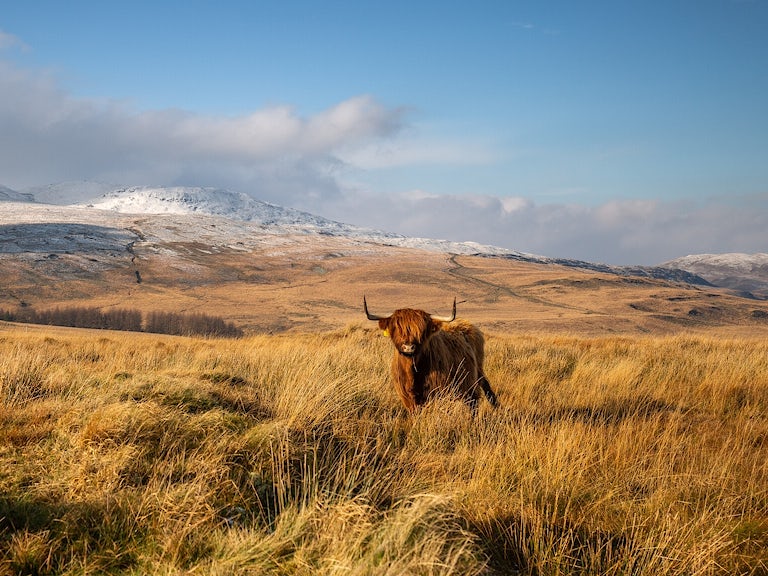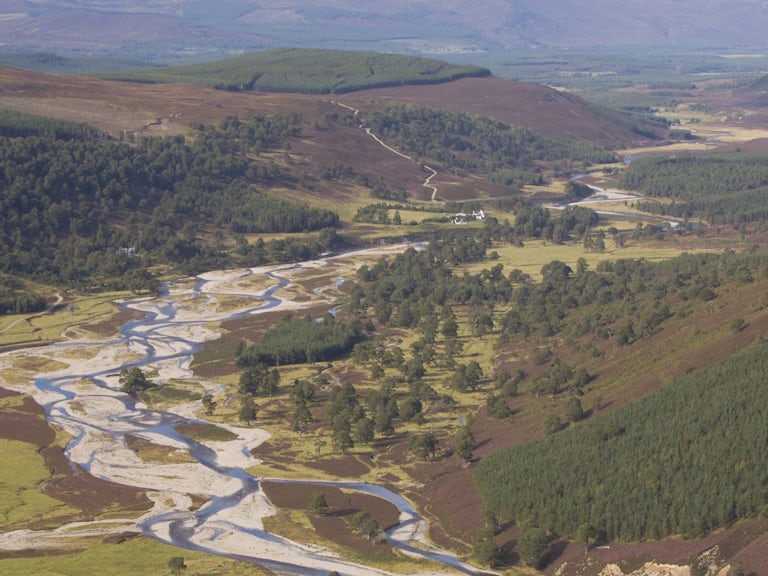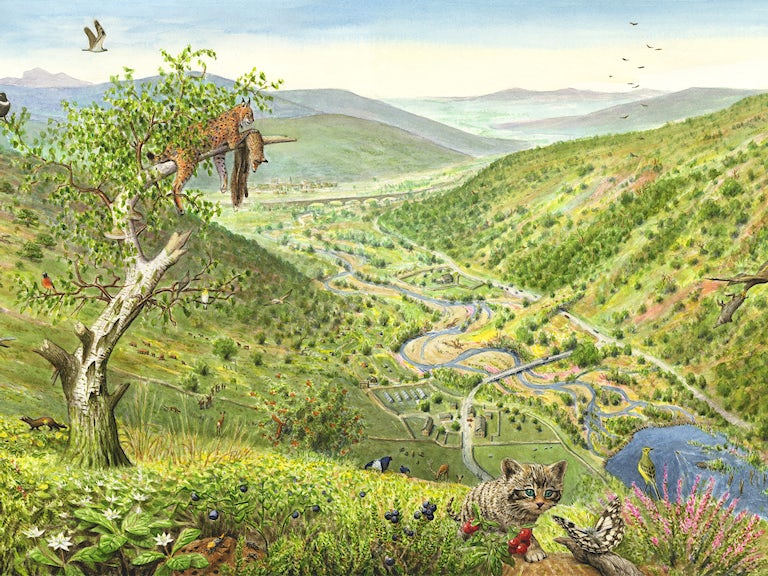How to make your garden wilder
If you want to do your bit to help nature recover, here are 10 ways to go that little bit wilder in your own garden.

Why do wilder gardens matter?
It’s estimated that gardens in Britain cover an area more than twice as large as all of our national nature reserves. With over half of our species in decline in Britain, and one in seven heading towards extinction, that space really matters.
If each of these gardens in Britain were made even a tiny bit wilder, they could do a lot to offer a vital lifeline for wildlife. Wilder spaces can boost biodiversity, improve water quality, absorb carbon, and even reduce the impacts of climate breakdown such as flooding. And of course, gardens are so precious in helping each of us connect with nature too.
In the same way that members of the Rewilding Network – a 1000-strong network of rewilders across Britain convened by Rewilding Britain – are making decisions about their land, the seemingly small choices you make for your garden can have a huge, positive impact. Here’s how.
Rewild your inbox
Join the movement and make a difference.
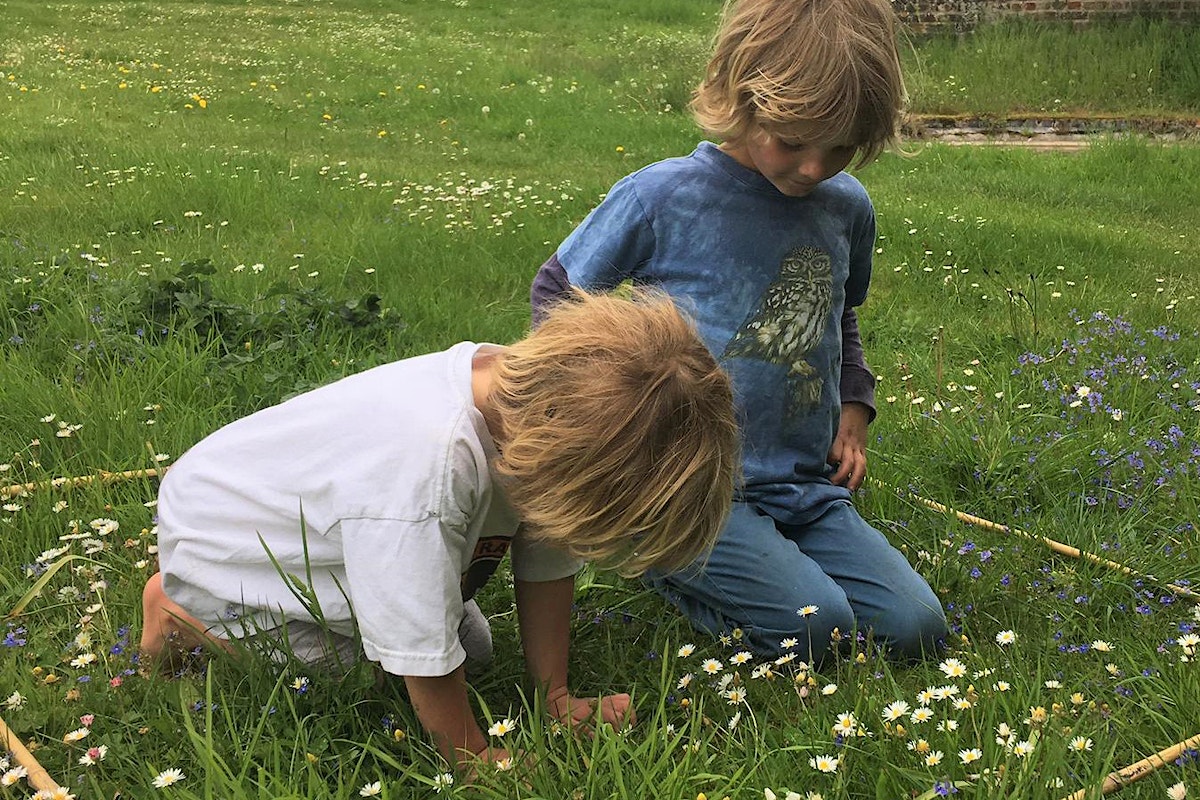
1. Let the grass grow
One of the simplest things you can do is stop mowing so often. Let the grass grow longer in some areas, cutting or scything it a few times a year, and you’ll offer birds and insects a sequence of flowers and seedheads that change weekly. Wildlife needs this variety to thrive. If this feels too radical, why not start with No Mow May ?
Rewilding fact: Many large-scale rewilding sites introduce grazers – from wild ponies to bison – often on rotation, to help increase diversity in the landscape and attract different species. Shaking up your mowing pattern mimics this clever approach.
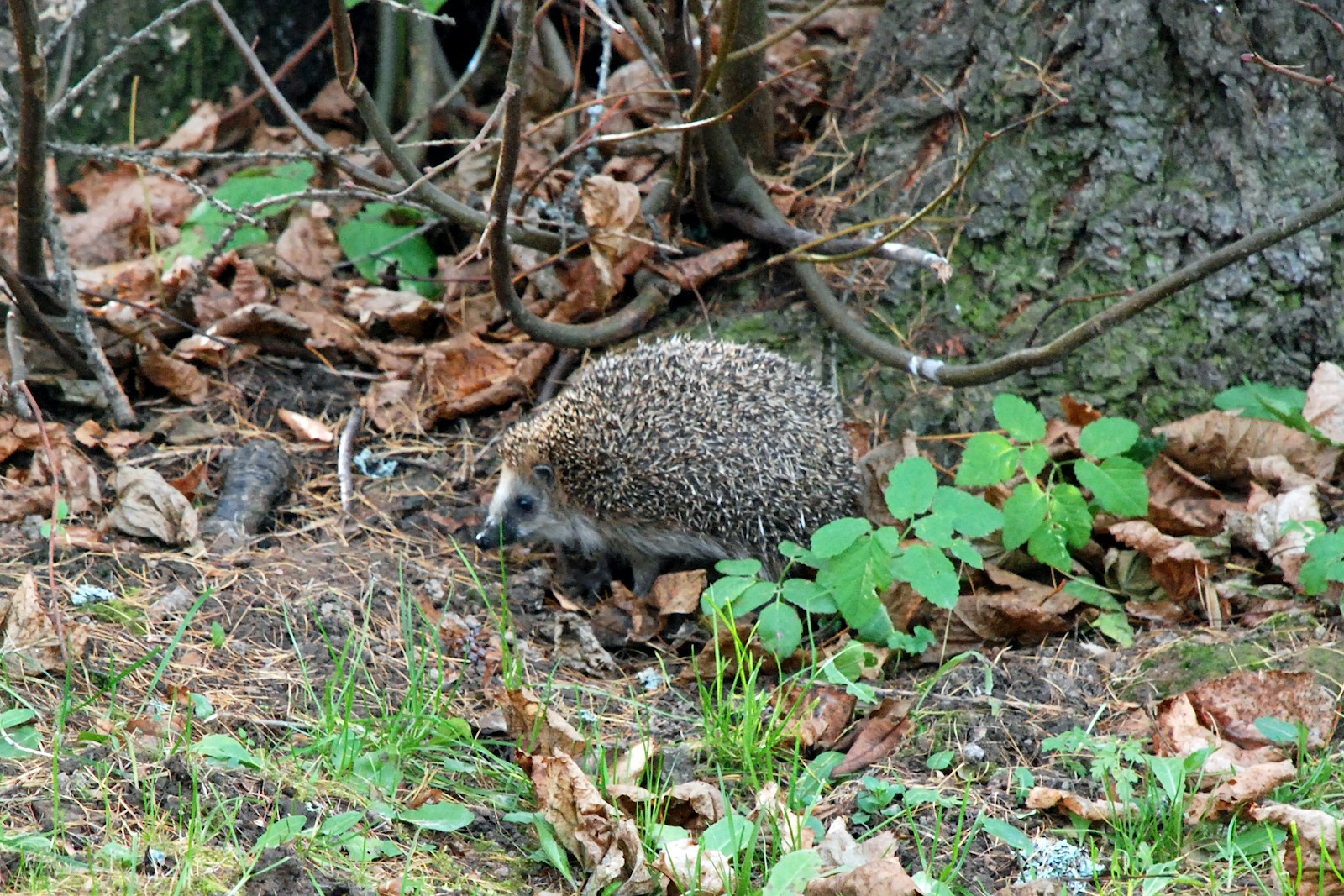
2. Embrace decay
Decay is part of the natural cycle of returning nutrients to the ground, so try not to tidy up too much. Dead branches, piles of leaves, logs and rocks all provide a habitat for insects and hedgehogs, or food for beetle larvae.
Rewilding fact: We encourage the rewilding projects we work with to leave fallen trees and branches to rot. They’re a vital habitat that’s missing in our modern landscapes, offering homes to insects, birds, bats and fungi.
“Rewilding is restoration by letting go, allowing nature to take the driving seat”
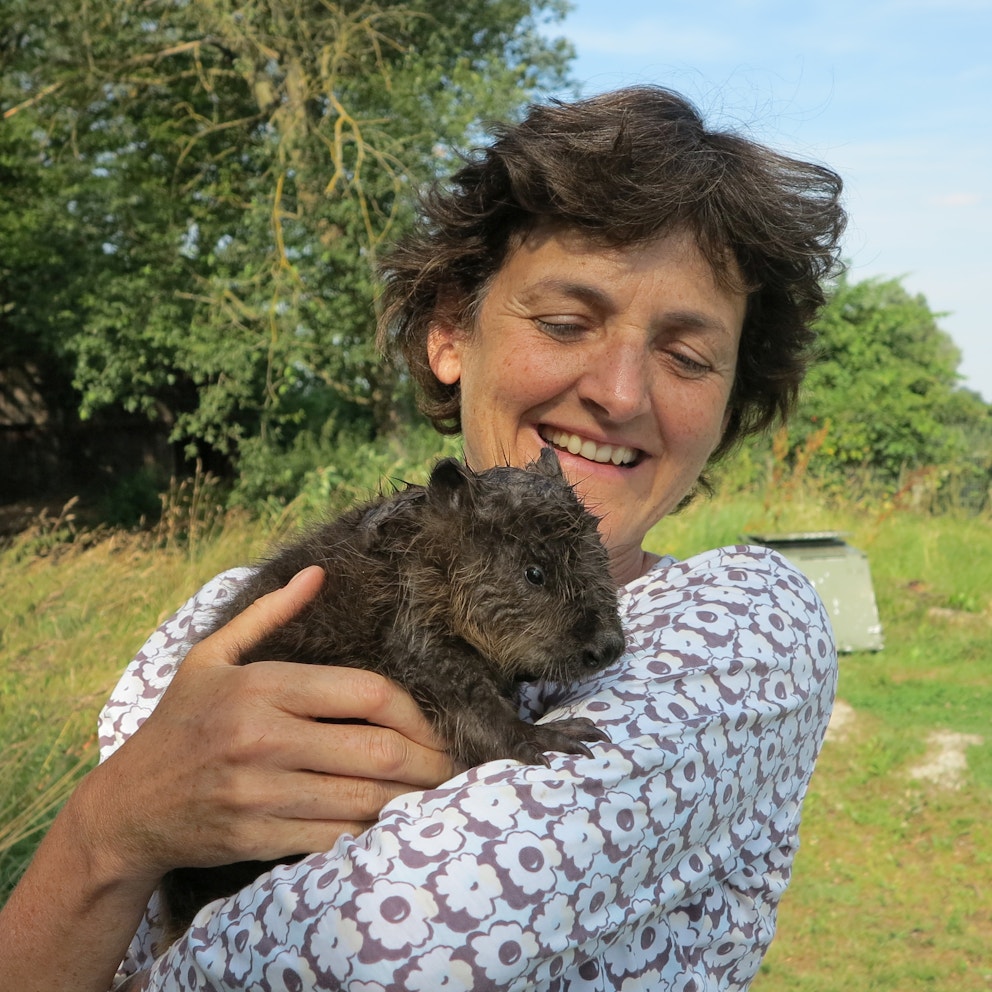
Isabella Tree
Rewilding pioneer, author of 'Wilding'
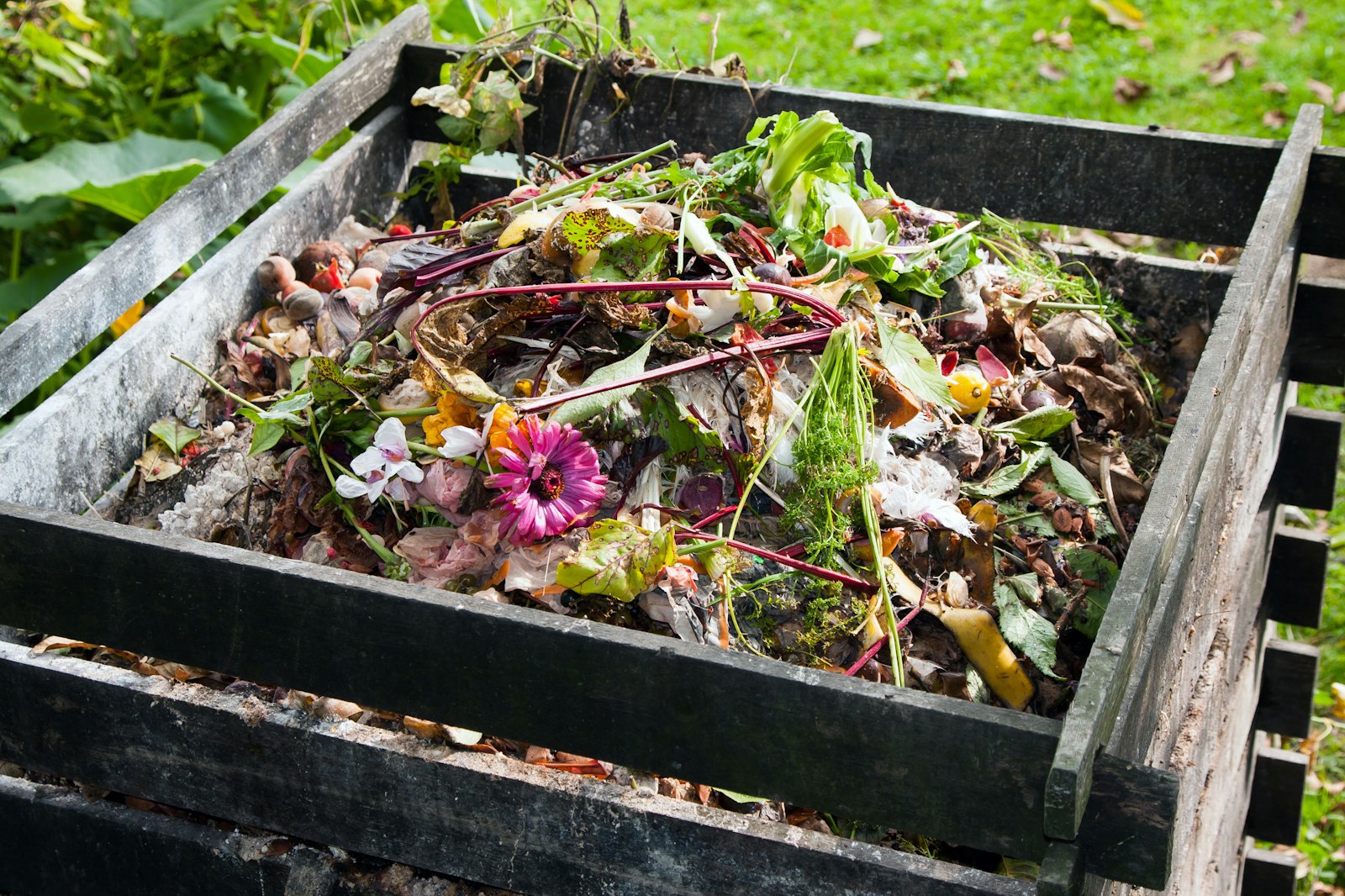
3. Give up the chemicals
One reason behind the massive loss of insects in our countryside is the increasing use of pesticides and herbicides – not only on farmland but also in gardens. Swap fertilisers for an organic seaweed feed. Or have a go at making your own compost heap, which also provides a home for all manner of creatures.
Rewilding fact: At Wild Ken Hill, alongside their rewilding project, the family are farming using regenerative methods. They’re trialling wheat production with no fertilisers , pesticides or even ploughing. Instead, plants like clovers and grasses are being grown in strips to enrich the soil.
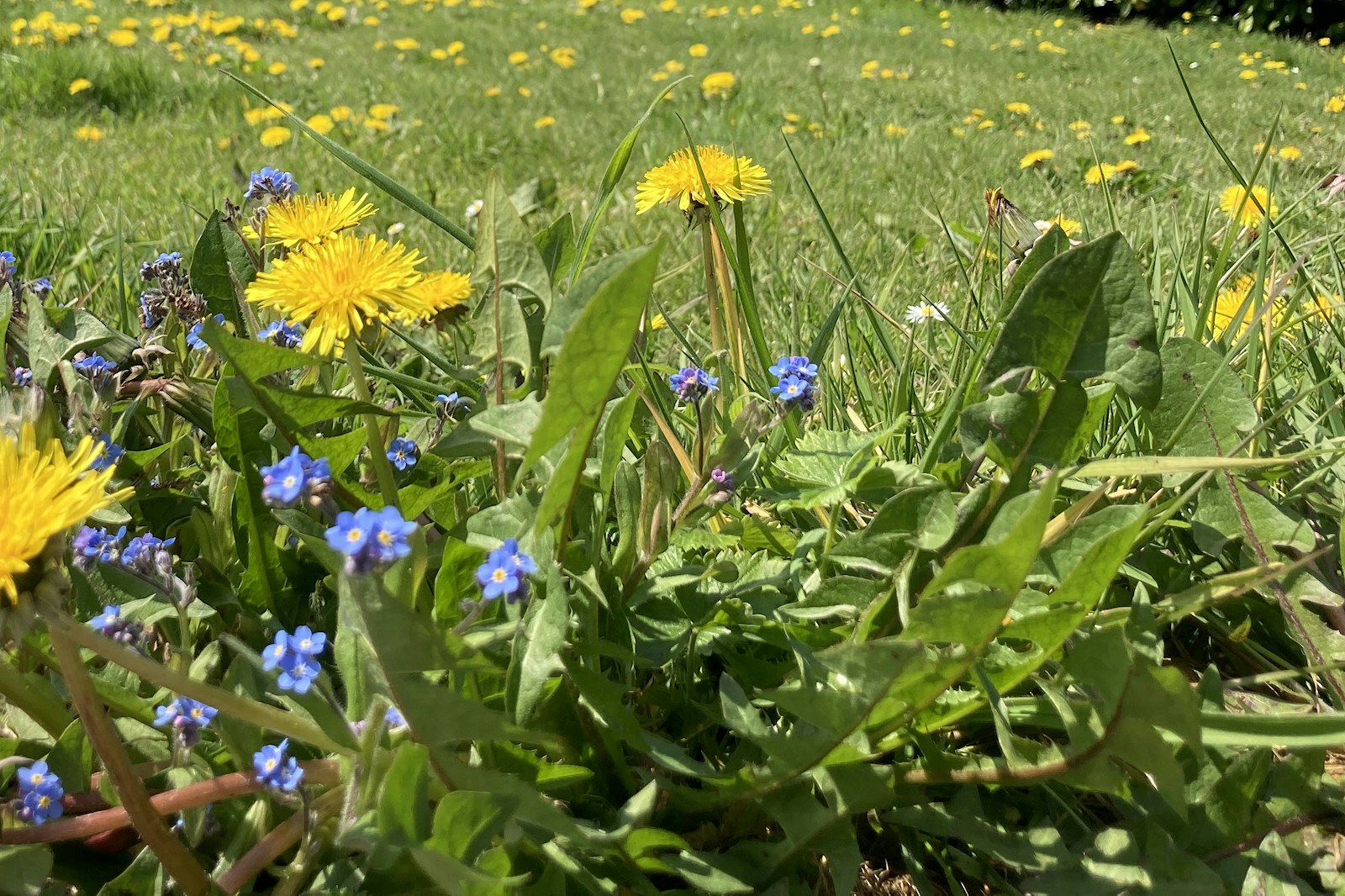
4. See ‘weeds’ in a new light
As much as it’s been drummed into us that ‘weeds’ are bad, they do in fact provide an invaluable source of nectar, seeds, shelter and nest sites for insects, birds and mammals. Could you leave a wild patch? Brambles, honeysuckle and wild rose form dense thickets that offer a home for creatures, while nettles and ivy give butterflies a place to lay their eggs.
Rewilding fact: Just leaving things can bring the most remarkable of surprises. At Knepp the nightingale population has exploded thanks to the appearance of humble-looking scrubland on what was formerly intensively farmed land.

5. Choose plants with wildlife in mind
To encourage wildlife, choose – and allow – plants that provide year-round nectar, pollen, seeds and berries. Clover, lavender and snowdrops are all pollinator-friendly plants for spring and summer, while holly gives evergreen shelter to insects in winter. In autumn, sparrows and finches feed on seedheads, so do leave a selection on the stems – just as you’d see in the wild.
Rewilding fact: Did you know that there are 24 species of bumblebee in the UK? Together they need pollen from a variety of plants all year round.
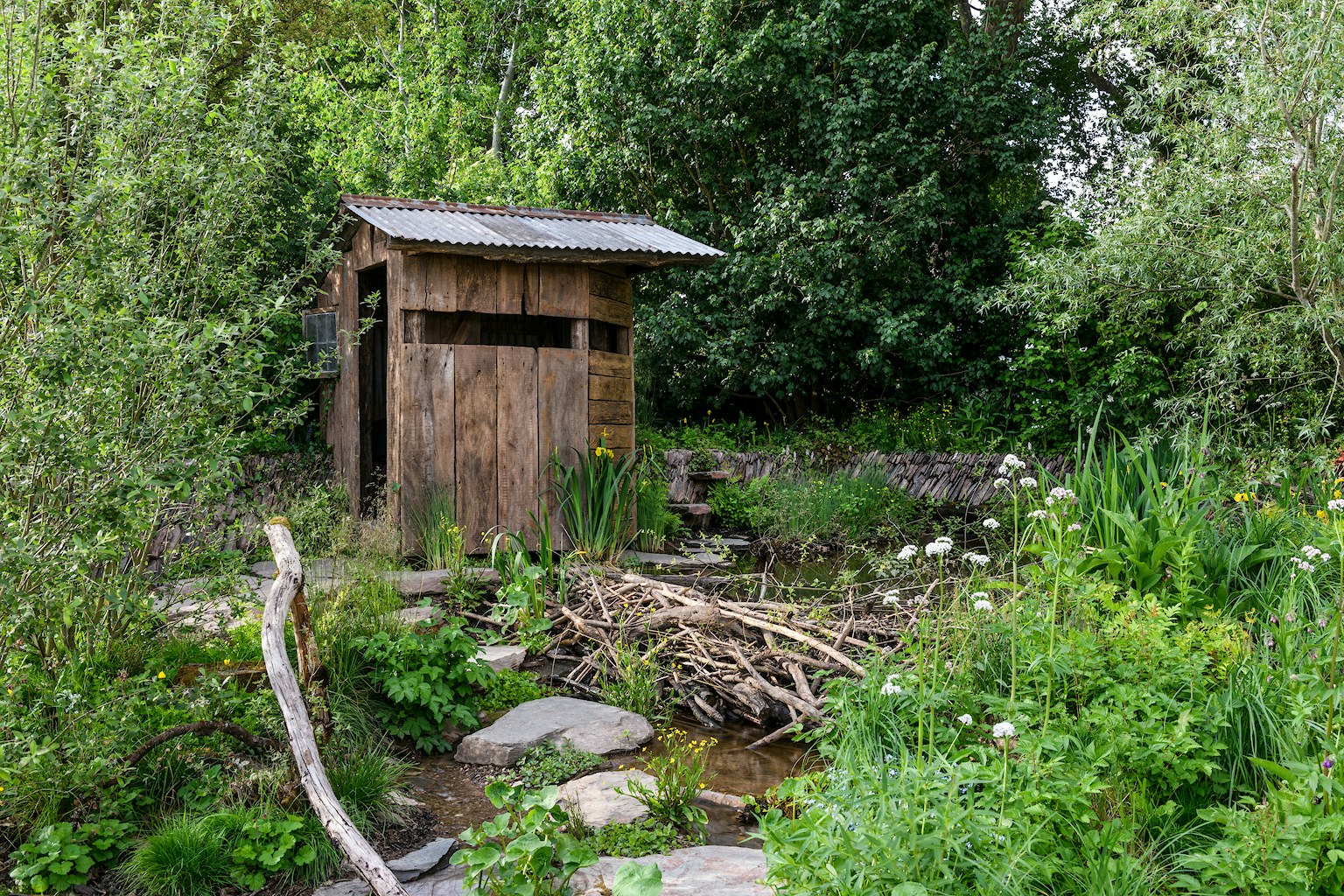
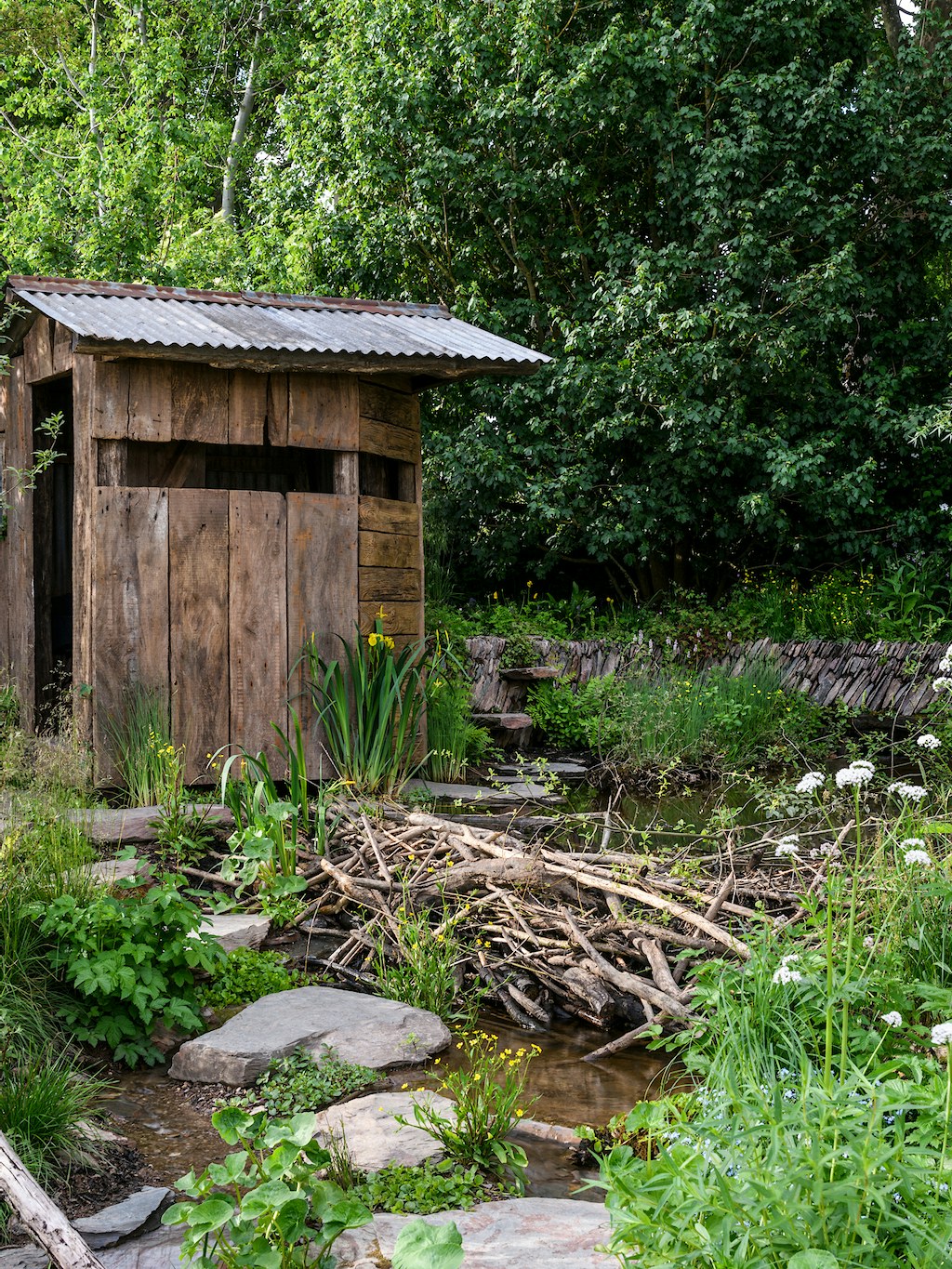
Rewilding Britain at RHS Chelsea
We helped rewild the RHS Chelsea Flower Show, creating a garden which revealed how beavers can eco-engineer and restore landscapes.

6. Encourage native trees
Native trees are so good for wildlife simply because they’ve evolved alongside each other. Varieties to consider include rowan, hawthorn, holly, silver birch, yew, apple, crab apple, elderberry, plum or cherry. A mixture of tree sizes will benefit different species. Long-tailed tits, for example, need trees above head height, whereas wrens and dunnocks need dense cover low down.
Rewilding fact: Only 13% of the UK’s land has any sort of tree cover, compared with 46% of Europe. Rewilding Britain wants to see that doubled by 2030 – through favouring the natural regeneration of trees (ie their self-seeding) over tree planting.
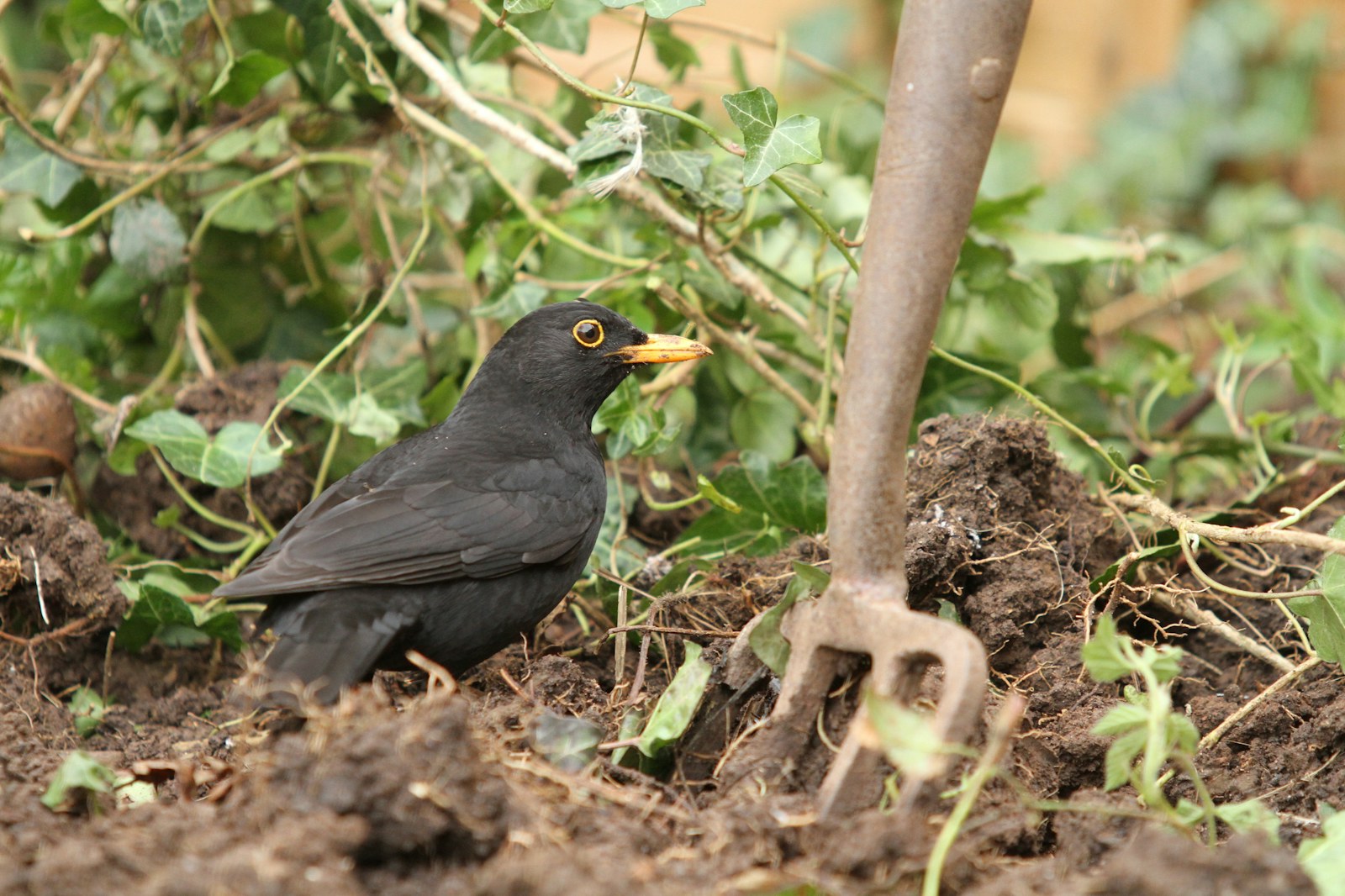
7. Look after the soil
Make sure your soil is healthy and it will create a biodiverse garden from the ground up. That means using organic, peat-free compost (or making your own)
, avoiding too much digging, and letting worms get to work. Another tip is to ruck up the soil in a few places with a trowel to create bare patches, dips and hollows, to create microhabitats where seeds can germinate.
Rewilding facts: Rewilding sites often introduce Tamworth pigs – as a proxy for wild boar – to rootle around and give the seeds of annual wildflowers, shrubs and trees the space to germinate, in much the same way that you can do.
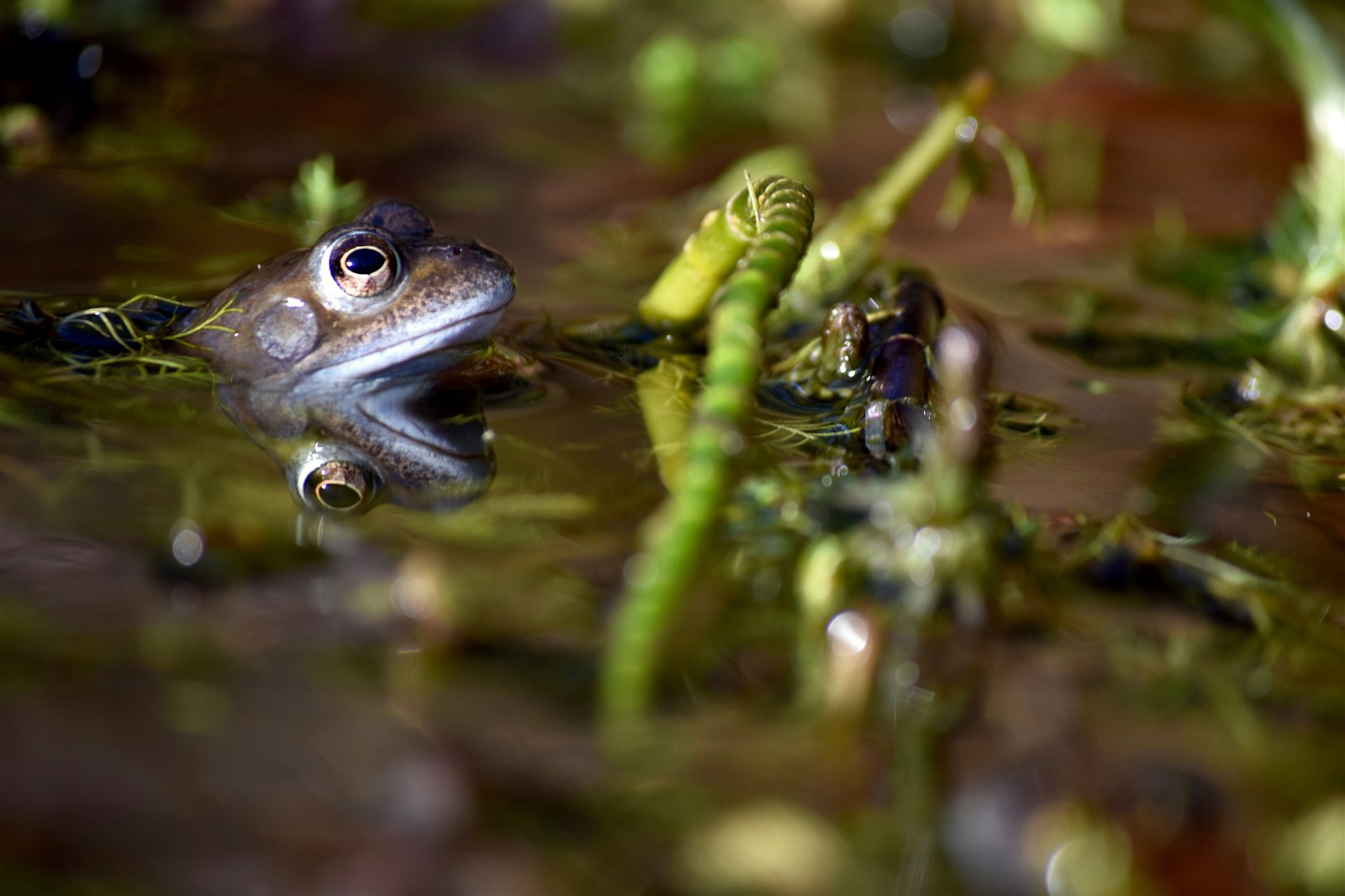
8. Go wild for water
Water attracts wildlife, so one of the most beneficial things you can do is create a pond or wetland area – or simply make a watery habitat out of a small container. If you are digging a pond make sure one side is shallow, as newts and frogs prefer water that’s not too deep. And don’t introduce fish as they can have an adverse impact on amphibians and aquatic insects.
Rewilding fact: At Rewilding Network member Cabilla Cornwall they’ve introduced beavers, the ultimate eco-engineer. Beavers build dams, creating areas of still water that leads to an explosion of insects, which in turn attract a variety of species that feed off them. Watch the video to learn more .
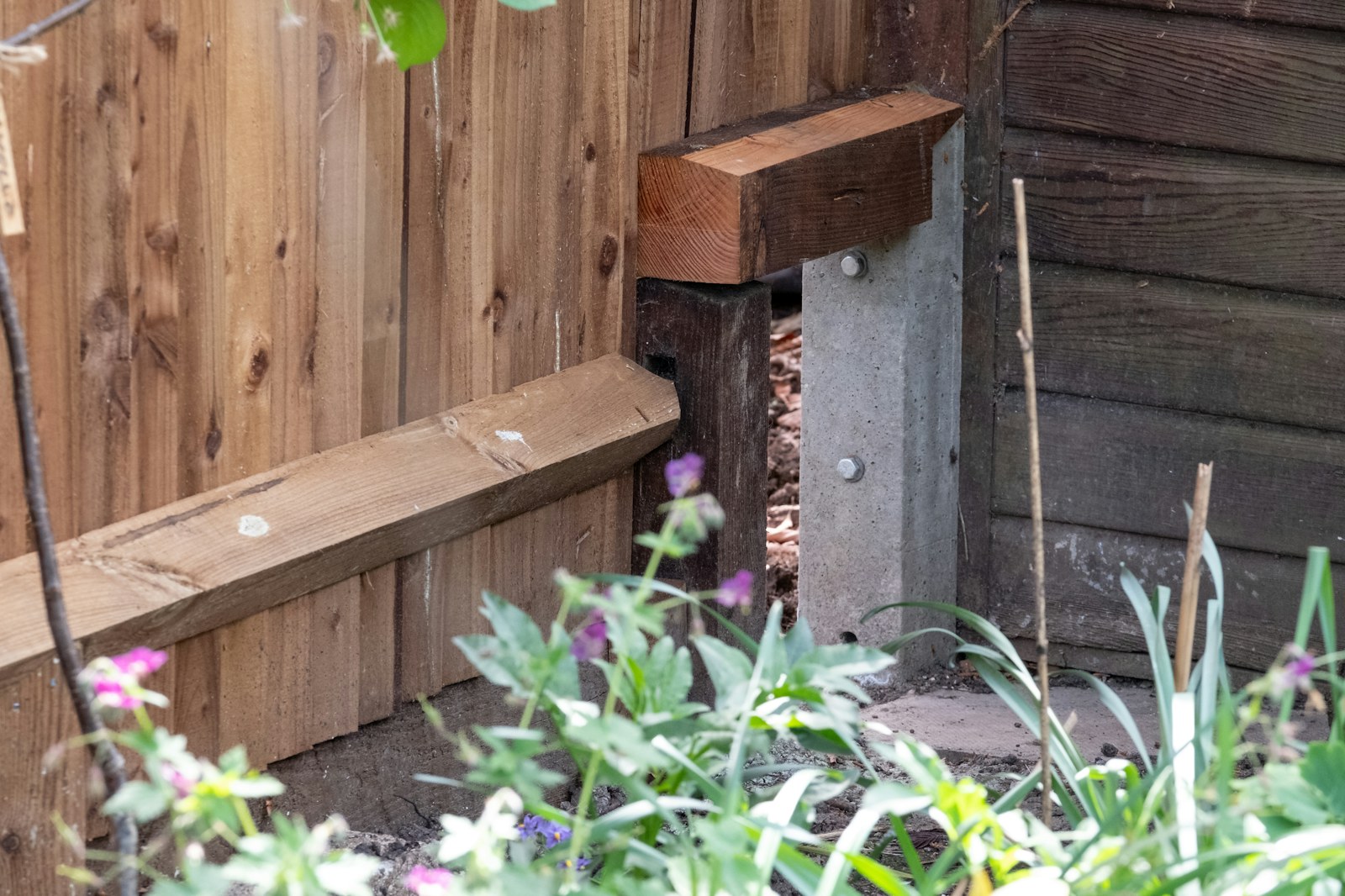
9. Don’t let your garden be a fortress
Some species need access to more than just one garden to survive. Hedgehogs, for example, need ranges of between 10 and 20 hectares, so it’s important to allow access from your garden to your neighbour’s. If you have continuous panel fencing, you can help by cutting a small hole or excavating a tunnel underneath near a corner.
Rewilding fact: Rewilding projects are realising that they can achieve so much more by joining up with neighbouring sites. Dayshul Brake is a trailblazing example of landowners working together to ecological recovery at scale in Devon, including meadow restoration, wetland creation and the natural regeneration of woodland.
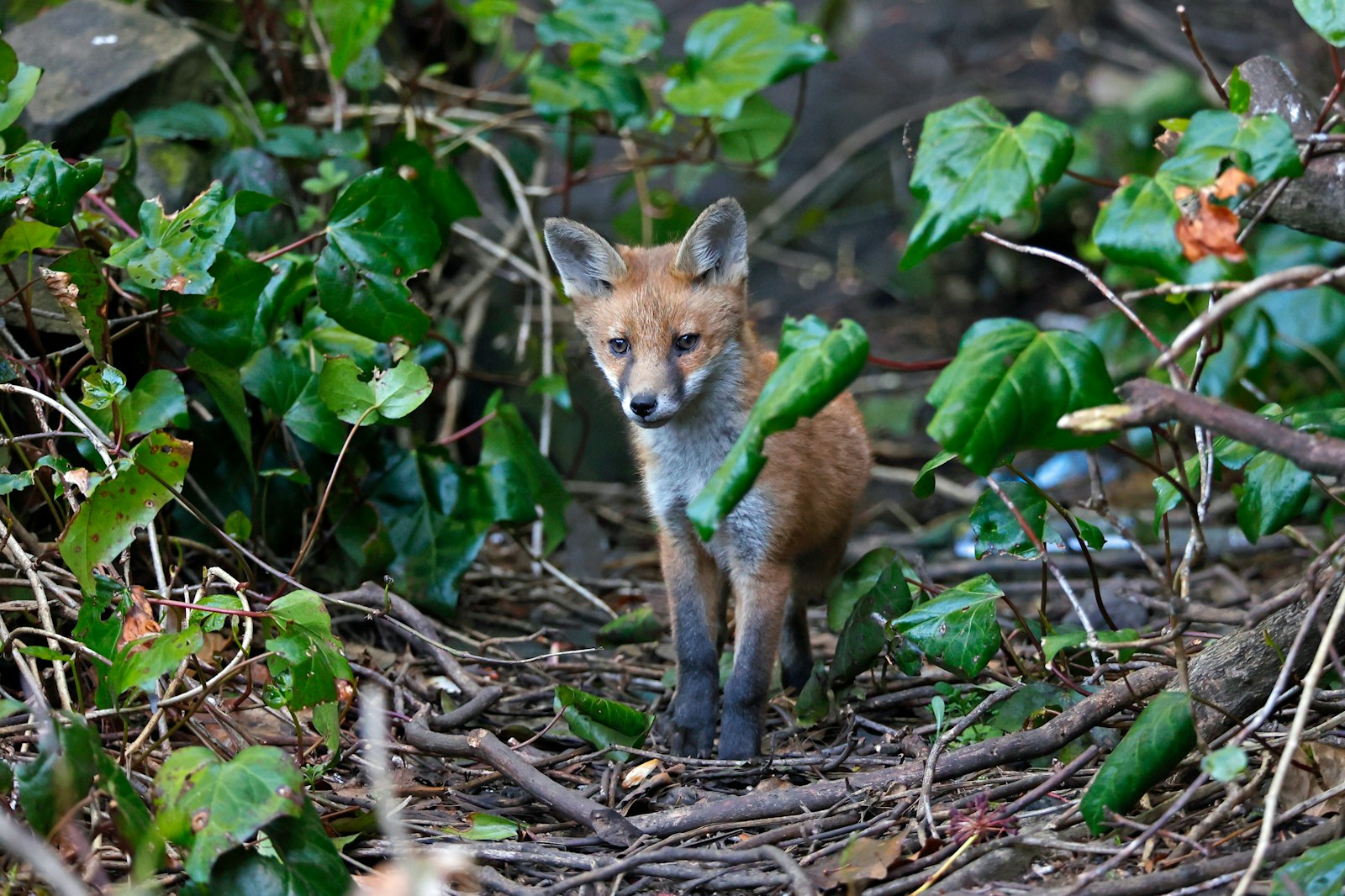
10. Notice the changes and spread the word
Now you’ve started to do things a little differently, which small change has made the biggest impact? Which new species are visiting your garden? Talking about these nice surprises with neighbours can help explain what you’re doing and why, and they might be inspired to follow your example. Or why not contribute your findings to national surveys such as the Big Butterfly Count
or the Big Garden Birdwatch
?
Rewilding facts: Ringing the changes is an important part of rewilding. Our Rewilding Network members do surveys on everything from soil health to carbon absorption to increases in biodiversity – all helping to demonstrate just how rich the benefits of rewilding can be.
Species decline: State of Nature report 2019

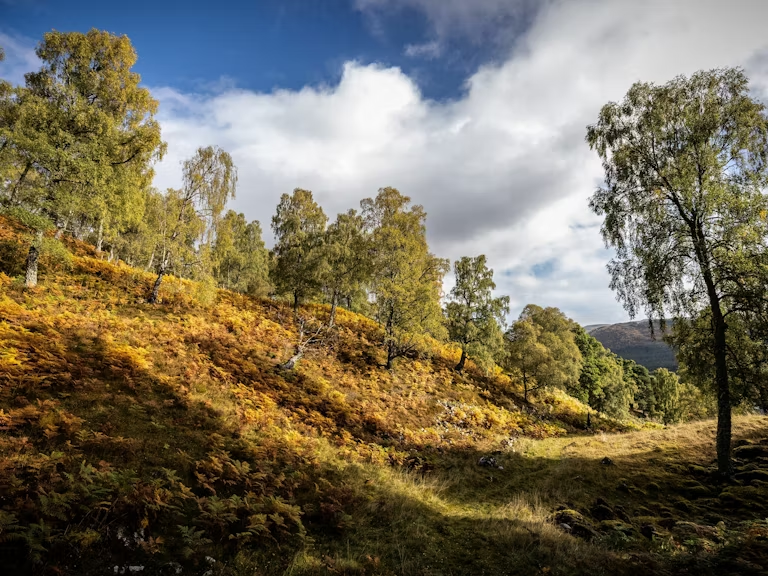
Rewilding 101
Start here to learn all about rewilding, what it looks like and what it can do.
Why rewild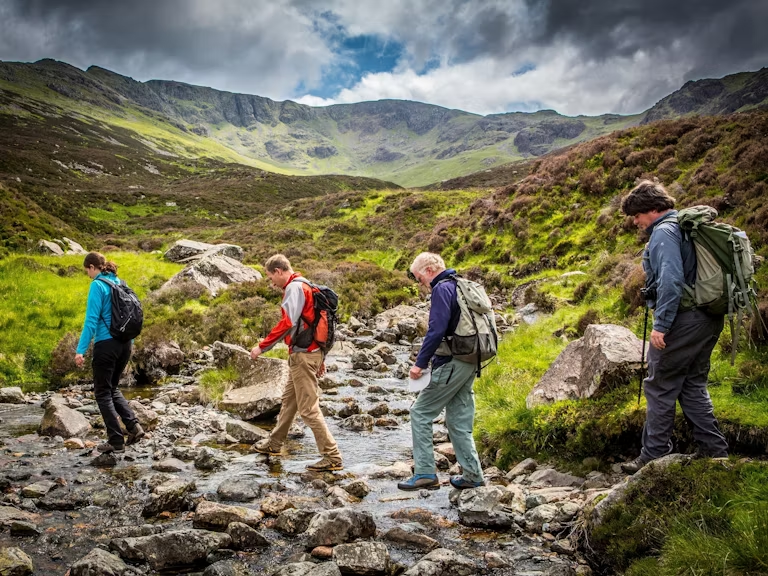
Visit a rewilding project
See rewilding in action at Rewilding Network member projects.
Plan a wild day out